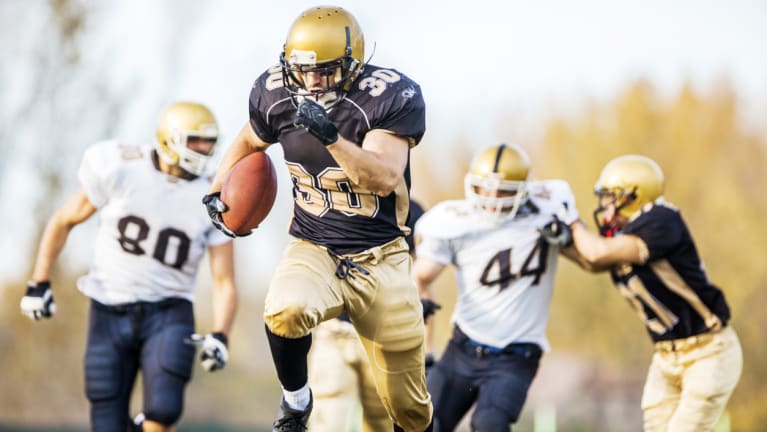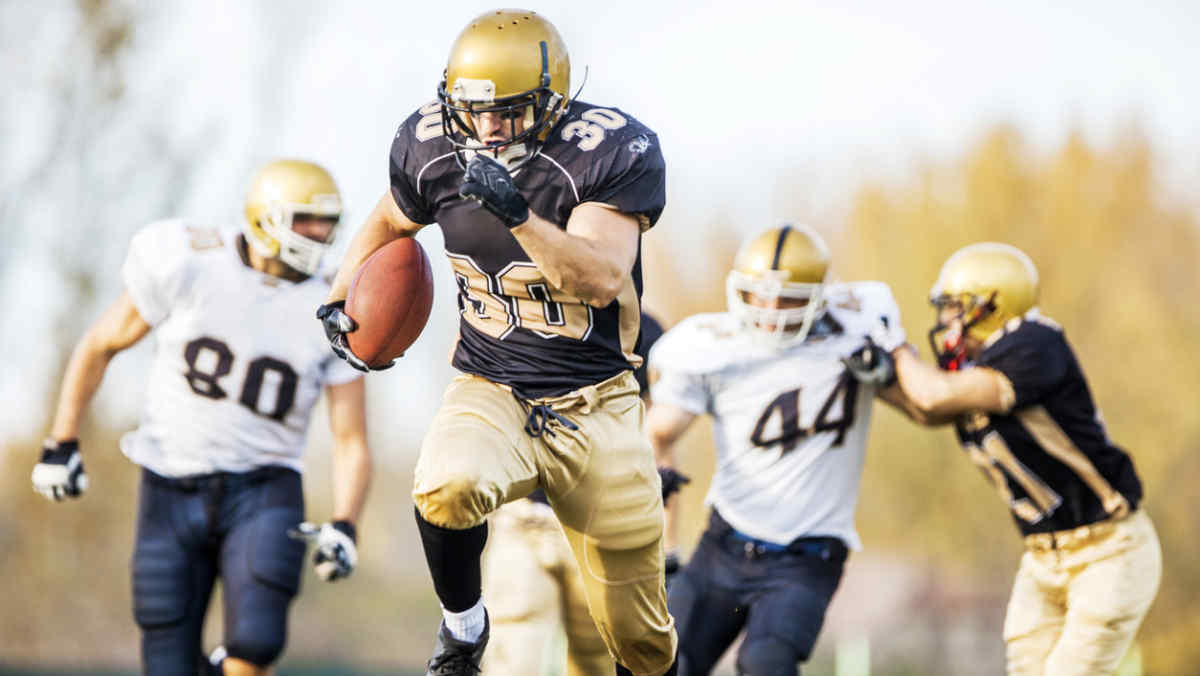

?Recent court cases and National Labor Relations Board (NLRB) actions reflect some momentum toward classifying student-athletes as employees.
In December 2022, the NLRB filed charges against the National Collegiate Athletic Association (NCAA), the Pac-12 Conference and the University of Southern California, alleging they are joint employers that interfered with employees’ rights by misclassifying them as student-athletes and by maintaining unlawful rules and policies in their handbooks.
The NCAA’s bylaws prohibit schools from offering wages to student-athletes and prohibit student-athletes from accepting wages.
NLRB General Counsel Jennifer Abruzzo issued a memo in 2021, stating that student-athletes should be classified as employees and gain the statutory rights of employees, including the right to unionize and receive workers’ compensation for work-related injuries.
The memo argued that colleges control players’ terms and conditions of employment, such as the number of practice and competition hours, scholarship eligibility, limits on compensation, minimum GPA, and restrictions on gifts and benefits athletes may accept. Colleges also control the “manner and means of the players’ work on the field and various facets of the players’ daily lives to ensure compliance with NCAA rules,” the memo stated. Student-athletes’ time commitments include team practices, conditioning, strategy discussions, review of game film and meetings with coaches.
In 2019, some student-athletes filed a class-action lawsuit against the NCAA and their colleges, claiming they should be paid. The lawsuit said the NCAA and the colleges violated the Fair Labor Standards Act and unjustly enriched themselves by benefiting from uncompensated labor. In 2021, the U.S. District Court for the Eastern District of Pennsylvania denied a motion to dismiss the claims. The case is now pending before the 3rd U.S. Circuit Court of Appeals. Several courts—including the 9th Circuit—have sided with the NCAA in similar lawsuits.
In 2018, the NCAA reported total revenues of more than $1 billion, which came from fees collected for television and marketing rights, championships, tournaments and sales, according to court documents.
College athletes may receive scholarships, but they don’t get a paycheck from their schools. They can take gifts from boosters, endorse products, and sign deals with companies to use their name, image and likeness.
In 2021, the U.S. Supreme Court concluded that the NCAA rules restricting compensation violated the Sherman Act, an antitrust law that prohibits contracts that constrict interstate commerce. The NCAA and the Pac-12 declined to comment for this article.
“There have been many suits that have been attempted over decades. I believe kicking the can down the road has provided some people a good amount of revenue, but the road might come to an end, and you don’t have any place to kick the can,” said Ellen Zavian, adjunct law professor at George Washington University in Washington, D.C. “I think it’s going to take a little time to flesh it out. I wouldn’t say it’s imminent.”
Unintended Consequences
Gil Fried, a law professor at the University of West Florida in Pensacola, Fla., expressed concerns about unintended consequences from classifying student-athletes as employees.
Setting wages and calculating hours may be tricky. “Will there be different rates for paying each athlete? If quarterbacks are paid the most, everyone will want to be a quarterback, and no one will want to play the grunt positions where the risk of injury is greater,” Fried said.
Likewise, there are questions related to recruiting and onboarding.
Zavian believes there are so many employees in university systems that a small number of athletes wouldn’t have a major impact on HR. “It might impact [the college] if a particular athlete doesn’t have all the paperwork required to file as an employee,” she said. “Some athletes don’t have a Social Security number at that point in their lives. The athletes [would] have to be educated on their tax implications, their workers’ compensation rights and what type of benefits they [would] have access to.”
Football and basketball tend to bring in the most money for colleges, allowing some of that revenue to support less lucrative sports, like soccer, golf and baseball.
Most athletic departments do not make money, and having athletes be employees would lead to the NCAA splitting into the major power schools that would then try to charge more and harm small schools, as every athlete would want to get the most for themselves, Fried said. Also, in order to make up the funds, universities might raise their tuition to get more money from all students, he said.

